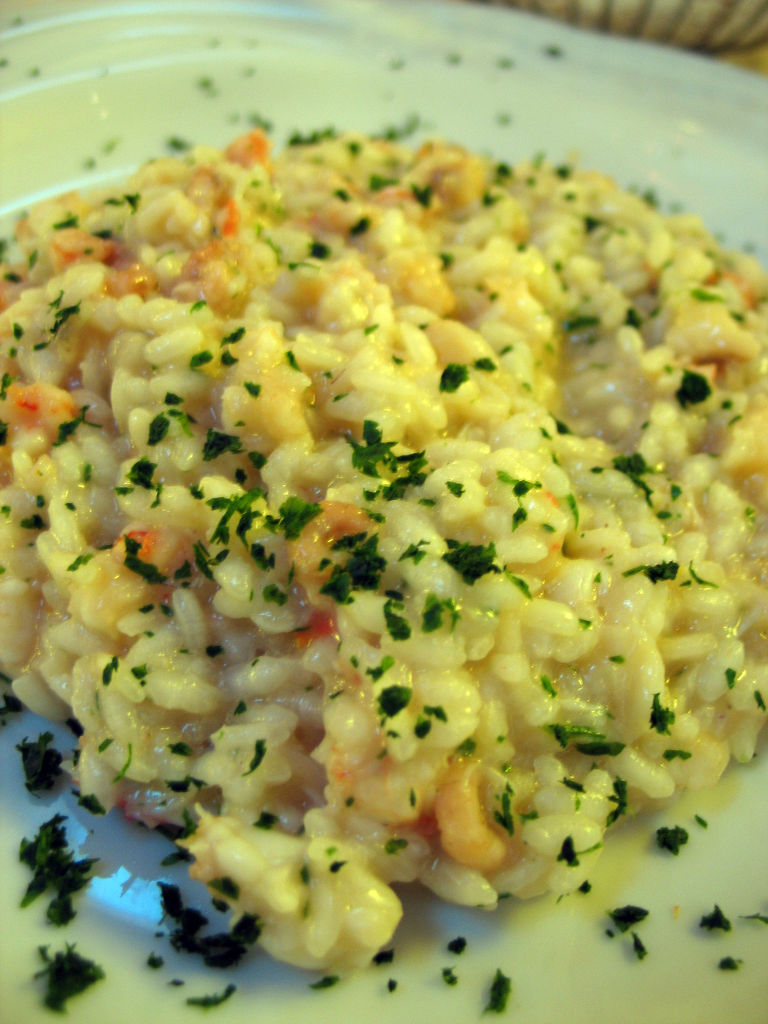A study 1 just published by the Royal Society sheds some light on the genetic relationship between the European auroch and modern European cattle breeds. Cattle were initially domesticated perhaps around 10,000 years ago in Mesopotamia, and independently in India and probably Africa. As animal agriculture spread into Europe from the Middle East, domesticated cattle must have coexisted with wild European aurochs for some time, since aurochs in Europe didn’t die out until much later (in fact, the last aurochs appear to have lived in Poland around 1627). Analysis of contemporary as well as ancient mitochondrial DNA from Middle Eastern and Central European archaeological sites now seems to suggest that European cattle originated solely from Middle Eastern aurochs, and that no introgression of European auroch genes into domesticated cattle occurred during their long coexistence.
However, an earlier study 2 did show that there had indeed been introgression of auroch Y chromosomes into Northern and Central European domestic cattle and that these Y chromosome markers still exist in some European breeds. Of course, what might seem contradictory really isn’t: mitochondria are strictly inherited from one’s mother, and the mating of domestic cows with auroch bulls wouldn’t have left any mitochondrial evidence. It would be interesting to know whether such hybridization occurred surreptitiously or intentionally, which of course would suggest that early framers knew something about the benefits of cross-breeding.
From H. Michael Kubisch.
